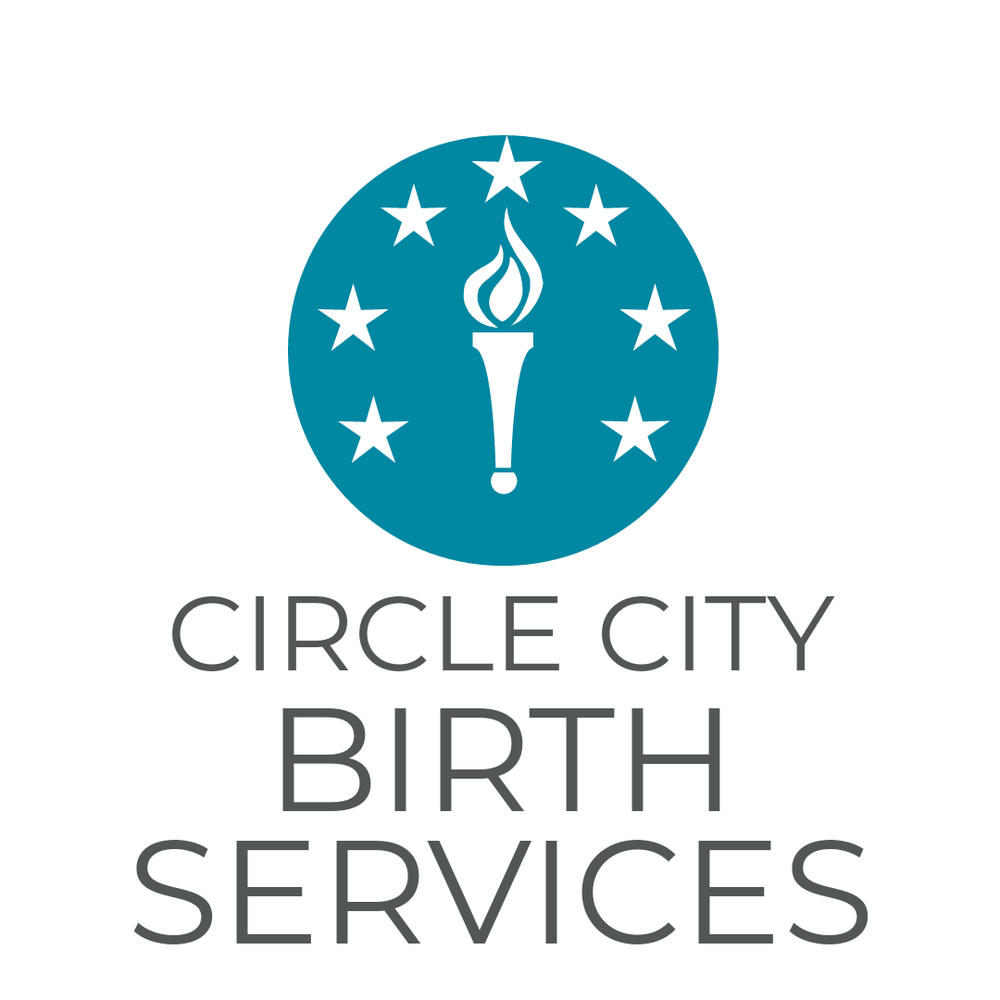Breech Birth
Unfortunately, the skill of supporting breech birth is virtually disappearing, as medical schools and providers focus on cesarean delivery. While cesarean can be life saving, they are also not without their risks spanning various morbities and mortality not only for the mother, but the baby as well.
While engaging the maternity system will most times not support breech birth, there are options for not only turning your baby but birthing outside of their system.
Breech Without Borders - Breech Without Borders is a 501(c)3 nonprofit organization dedicated to breech training, education, and advocacy.
Courses for professionals as well as parents including their Breech 101 course
Nebulous Nature of Risk: An Analysis of the Canadian Breech Study
A comparison of risk factors for breech presentation in preterm and term labor: a nationwide, population-based case–control study
Natural History of Fetal Position During Pregnancy and Risk of Nonvertex Delivery -
Results and conclusion from above study:
Data for 7,045 women who underwent routine prenatal ultrasound examinations were analyzed. We found no association between nonvertex presentation at 15–22 and at 31–35 weeks of gestation. A nonvertex fetus at 35 weeks had a 45% chance of spontaneous version by delivery. Multivariable logistic regression analysis found that multiparous women had half of the risk of nonvertex presentation as nulliparous women. Smoking during pregnancy (odds ratio [OR] 1.47, 95% confidence interval [CI] 1.10–1.96), low volume of amniotic fluid at 31–35 weeks (OR 3.74, 95% CI 1.85–7.53), and fundal position of the placenta at late ultrasound examination (OR 1.85, 95% CI 1.23–2.78) were all associated with significant increases in the risk of nonvertex position at delivery.
CONCLUSION:
Spontaneous version of a nonvertex fetus at 35 weeks of gestation is still likely.
The Webster Technique: A chiropractic technique with obstetric implications
Conclusion: The surveyed doctors reported a high rate of success (82%) in relieving the musculoskeletal causes of intrauterine constraint using the Webster Technique. Although the sample size was small, the results suggest that it may be beneficial to perform the Webster Technique in month 8 of pregnancy, when breech presentation is unlikely to spontaneously convert to cephalic presentation and when external cephalic version is not an effective technique. When successful, the Webster Technique avoids the costs and/or risks of external cephalic version, cesarean section, or vaginal trial of breech.In view of these findings, the Webster Technique deserves serious consideration in the health care management of expectant mothers exhibiting adverse fetal presentation. (J Manipulative Physiol Ther 2002;25:000)
Acupuncture version of breech presentation: a randomized sham-controlled single-blinded trial
